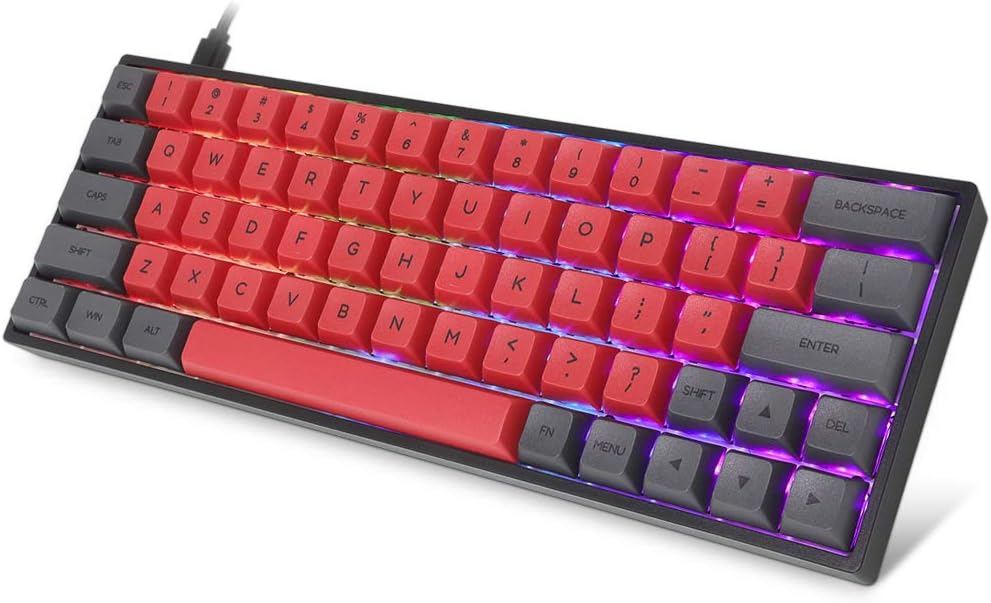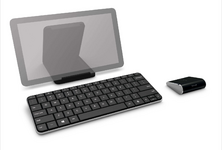You will sometimes see percentages thrown out in relation to "small" keyboards; for instance, when NetBooks were a thing you'd see their keyboards being described as "92%" or "87%", often in combination with the word "pitch". In this case the percentage would often refer only to a single dimension of the keys, IE, the horizontal spacing would be 90%-ish of normal keyboard, meaning the keycaps were narrower but about as "tall" as normal keys.
How usable a "60%" keyboard would be is debatable, and probably depends on if we're talking about area or linear scale. IE, a keyboard which is only 60% as wide (and tall) as a normal keyboard (for instance, the AEK is about 18 inches wide and 8" tall, so this model would measure about 11"x5") would have keycaps with only 36% the area of a normal keyboard. Holding a ruler up to the keys on a normal keyboard that means you're going to be left with keys only about 1/3rd of an inch apart, which is definitely far too small for any off the shelf mechanical keyboard switch. (There are surface-mount pushbuttons you could use and maybe engineer some way to stick a 3D-printed keycap to, but the feel would leave a lot to be desired.) And yeah, anything approaching "touch typing" just isn't going to happen.
A 60% *area* keyboard (which is close to the aforementioned Poqet PC, which was described as having a "38% smaller" keyboard) would be significantly bigger, about "77%" pitch using the NetBook formula. That gives you about 1/2" between keys vs. the standard 3/4" pitch. Some people claimed to be able to touch type on the Poqet, so if you have dainty fingers and the patience to learn it then maybe that would work. But it also wouldn't be a *lot* smaller than the real thing at almost 14" wide, so the justification for it seems a little... tenuous, to me.
(Looking at the Outemu switches in my knockoff mechanical keyboard if you crammed them right next to each other you might *just* be able to hit a 77% spacing, but the keycap would have to hover entirely above the switch, it couldn't come down around it, so making a scale model of a *particular* keyboard is probably out unless it's a really fat one, like an old IBM Beamspring.)



